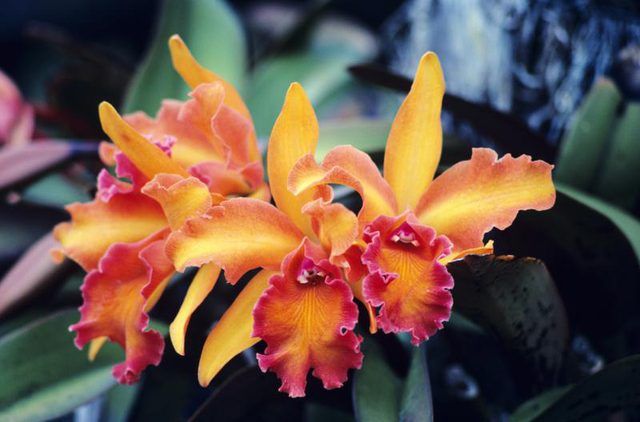Bulbs
Flower Basics
Flower Beds & Specialty Gardens
Flower Garden
Garden Furniture
Garden Gnomes
Garden Seeds
Garden Sheds
Garden Statues
Garden Tools & Supplies
Gardening Basics
Green & Organic
Groundcovers & Vines
Growing Annuals
Growing Basil
Growing Beans
Growing Berries
Growing Blueberries
Growing Cactus
Growing Corn
Growing Cotton
Growing Edibles
Growing Flowers
Growing Garlic
Growing Grapes
Growing Grass
Growing Herbs
Growing Jasmine
Growing Mint
Growing Mushrooms
Orchids
Growing Peanuts
Growing Perennials
Growing Plants
Growing Rosemary
Growing Roses
Growing Strawberries
Growing Sunflowers
Growing Thyme
Growing Tomatoes
Growing Tulips
Growing Vegetables
Herb Basics
Herb Garden
Indoor Growing
Landscaping Basics
Landscaping Patios
Landscaping Plants
Landscaping Shrubs
Landscaping Trees
Landscaping Walks & Pathways
Lawn Basics
Lawn Maintenance
Lawn Mowers
Lawn Ornaments
Lawn Planting
Lawn Tools
Outdoor Growing
Overall Landscape Planning
Pests, Weeds & Problems
Plant Basics
Rock Garden
Rose Garden
Shrubs
Soil
Specialty Gardens
Trees
Vegetable Garden
Yard Maintenance
How to Transplant Orchids
How to Transplant Orchids. It is time to transplant your orchid when the roots are growing over the side of the pot or the lower leaves have died and weakened the center stem. The plant has either become too big for the container or the potting medium has broken down and no longer supports the plant. Always wait for an orchid to finish blooming...

It is time to transplant your orchid when the roots are growing over the side of the pot or the lower leaves have died and weakened the center stem. The plant has either become too big for the container or the potting medium has broken down and no longer supports the plant. Always wait for an orchid to finish blooming before transplanting.
Transplanting Materials
Gather together new potting medium, hand-held pruners and a pot one size bigger than its present container. The potting medium must be fast-draining and also water-retentive. Commercial orchid potting medium contains volcanic rock, coconut fiber, tree bark, charcoal or a combination of these. Aliflor is an expanding clay medium that is often used in orchid mixes. Bark-based potting medium drains well but breaks down easily. Peat-based material retains moisture well but must be replaced yearly. Choose either clay or plastic pots for your orchid. Ensure the hand-held pruners are sterilized with alcohol before using, to prevent the spread of harmful bacteria.
Remove Orchid From Pot
Grasp the orchid plant by the main stem and gently remove it from the overturned pot. A very root-bound plant will be difficult to shake loose, and sometimes the pot needs to be broken. Remove all of the old potting medium by shaking the plant and picking the medium out from between the roots. Do not reuse any of this material in the transplant process. Gently wash off the orchid roots with water to remove fine particles. Pull off dead or weak lower leaves and pull off plant tissue at the leaf juncture. Prune all shriveled roots carefully with hand-held pruners, being careful not to cut healthy growth. Dead tissue is hollow when squeezed or wiry looking.
New Pot
Choose a plastic or clay pot that will accommodate the entire root system comfortably. Cover the bottom of the pot with a thin layer of potting mix. Place the plant in the pot with the lower leaves slightly above the rim. Place and push potting material in the spaces between the roots, pressing gently as you go. Ensure the bottom leaves remain slightly above the pot rim. Tap the pot gently to settle the materials and add more if needed to fill the space. Experienced orchid gardeners add a label to each plant indicating its name and bloom time.
Water and Ongoing Care
An orchid needs to be soaked thoroughly after it has been transplanted to a new pot. Always use tepid water and soak long enough so all the planting material is wet. Allow the pot to drain completely and empty the drip pan so the roots do not continue to absorb water through the drainage hole. Orchids are watered once a week after the transplant. Fertilize monthly with 1/2-strength commercial orchid fertilizer during summer and fall. Do not fertilize during the spring flowering cycle.